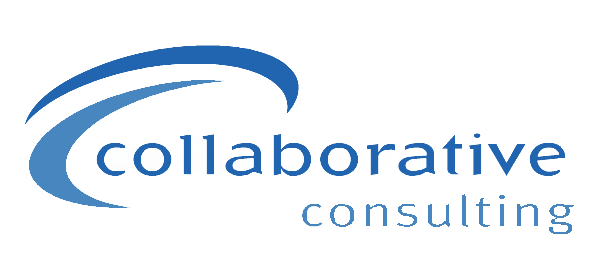Leading a Step Change in Growth: Embedding Critical Processes
In our last post we discussed the importance of upscaling/upskilling talent. The focus of post 4 is on establishing critical processes to support growth.
Key processes and functions typically need to be elevated to support a bold growth plan. We find several of the major processes or functions (typically 2 or 3) require transformation to support customer and employee growth. We suggest that you look at and evaluate each function in order to assess needs and gaps. Behavior is also very important. Enhancing cross-functional collaboration is one key behavior required to support new critical processes.
Mapping the future of each function to drive step change growth
Evaluating each function based on future needs is critical. Below are four questions to help you get started:
What capabilities (processes, systems & tools) do we put in place?
A mindset of innovation and continuous improvement will help you reach operational excellence. It is important to think about what is needed in the future to drive excellence across functions, elevating key processes & systems for customers and internal employees. Additionally having the right tools for driving efficiency within and across functions will have a positive impact on the experience and the quality of work. Lastly, having the systems to automate business operations and give transparency across the business are critical to supporting growth.
What resource gaps do we have, when do we add them, and what is the impact?
Understanding skills, and capabilities required within and across functions, is the way to drive the most impact. Doing a gap analysis by looking at your resource gaps is very useful to help leaders consider how their current resource levels will realize the vision of growth. This includes looking at how time is being spent, financial and human resources being utilized. Once you have done the analysis, it is critical to map out what are the most important priorities in closing those gaps.
What initiatives are the most important?
Prioritization, prioritization and prioritization! Once you have identified initiatives to close resource gaps and improve processes and systems, you can then prioritize what to do first. You can then build a milestone road map with timing to get to where you want to be. Setting goals for driving accountability also needs to be done.
How do we measure the effectiveness of the function?
Once you have a clear road map of the evolution of each function, it is importance to measure the performance and effectiveness of each by establishing metrics. Each functional leader should have their own key performance indicators (KPIs), based on what their role influences. Examples of these for HR could be attrition levels or time to hire. An important point here is that each function will have different metrics, but all will feed into the strategy and the results that you are looking for while ensuring the Metrics are not in opposition to each other.
Please Share & We Are Here if You Need Us
In closing, mapping and elevating functions to support the bold growth plan is critical, but also continuous. World Class organizations have a culture and a mindset of continuing to get better and better and hire people that embody that behavior. In the final post in this series, we will explore Coaching for Results. In the final analysis, coaching is what defines and set sets all great companies a part.
Thank you for engaging with us, we would love to hear about your progress.
All my best,
Julie LaNasa
Founder – Collaborative Consulting
Previous posts in the Leading a Step Change in Growth series:




